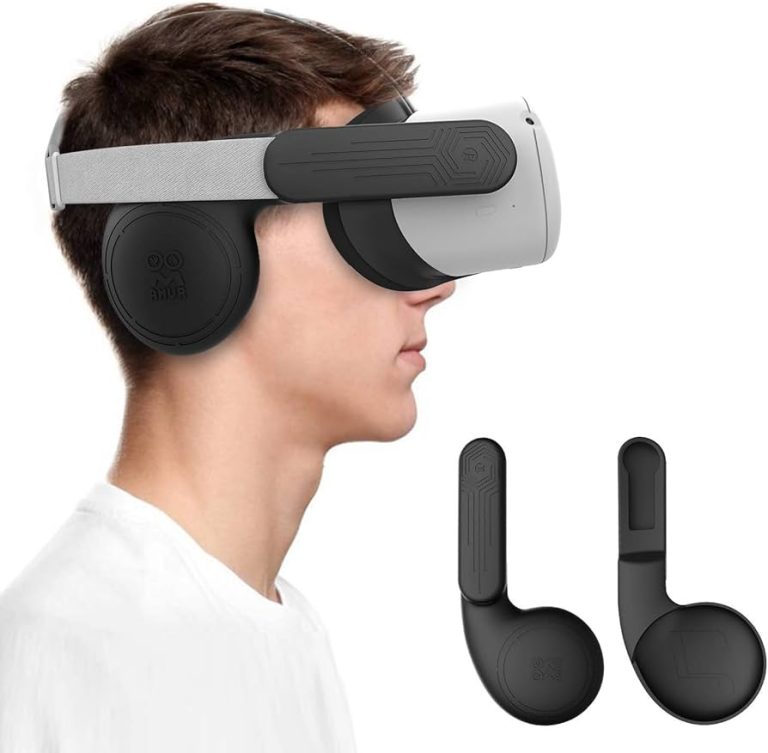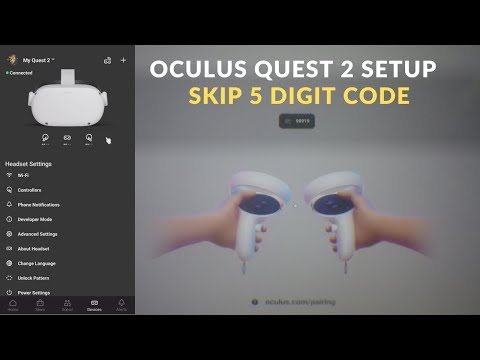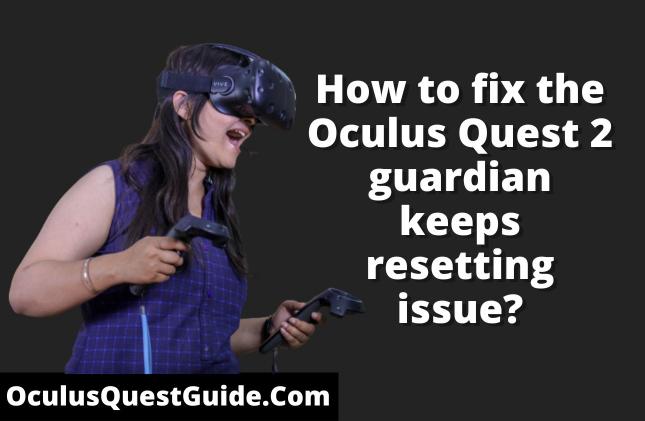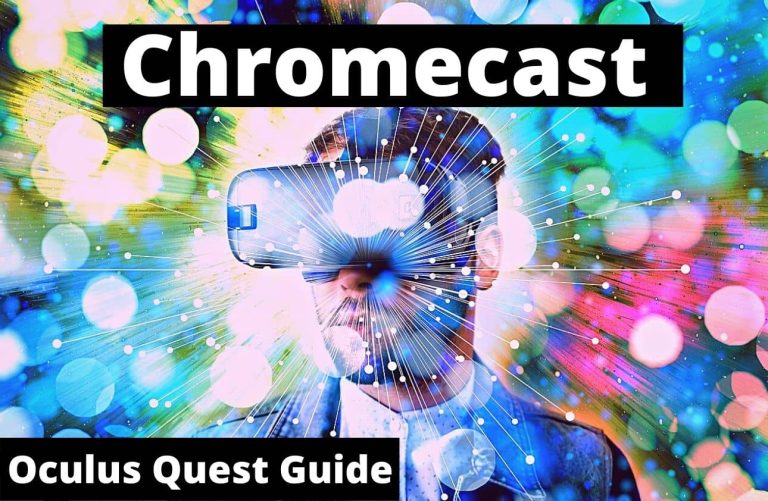Oculus Quest 3D Model Viewer: Unleash the Magic!
The Oculus Quest platform offers an immersive 3D model viewer experience. Users can explore and interact with models in a virtual reality environment.
The advent of virtual reality technology has revolutionized various industries, from gaming to education. One of the key players in this revolution is the Oculus Quest, a standalone VR headset. It stands out by offering users the ability to view 3D models in an entirely new dimension.
This feature taps into the potential of architects, designers, and hobbyists, enabling them to visualize their work as if they were standing right in front of it. The 3D model viewer functionality enhances the learning and presentation opportunities, making it simpler for creators to manipulate and showcase their designs. Embracing this technology has never been easier, with intuitive controls and user-friendly interface enhancing the accessibility for professionals and novices alike.
Oculus Quest 3d Model Viewer: Unleash The Magic!
Oculus Quest harnesses the power of virtual reality to immerse users in 3D environments. The user experience is elevated with the Oculus Quest 3D Model Viewer, which stands as a revolutionary tool for both enthusiasts and professionals. This innovative viewer enables an interactive experience of intricate 3D models within a virtual space.
Among the key features, this viewer offers intuitive controls that make it easy for users to explore and examine 3D objects from every angle. Users benefit from real-time rendering and high-definition visuals, which bring the smallest details to life. Its ability to support a wide array of file formats ensures a seamless integration within various workflows, marking its superior compatibility.
The user experience is further enriched by its plug-and-play nature, as it requires minimal setup. Tailored for the Oculus Quest, the compatibility is flawless, promising a user-friendly interface that anyone can navigate with ease. This tool doesn’t just present 3D models; it invites you to step into a new realm of digital interaction and exploration.
Immersive Visuals With Oculus Quest
The Oculus Quest leverages cutting-edge advancements in display technology, setting a new benchmark for immersive visual experiences. A key feature of this innovative device is its ability to offer an unparalleled 3D model viewing experience, which is revolutionizing how we perceive and interact with digital content.
Detailed textures and vibrant colors come to life, providing users with an incredibly realistic sensation of depth and space. This enhanced level of realism is crucial not just for entertainment, but also for professional applications where accurate representations of models can facilitate better decision-making and improved outcomes.
| Feature | Benefit |
|---|---|
| High-Resolution Displays | Sharpened visual fidelity for intricate detail |
| Real-time Rendering | Seamless interaction with 3D models |
| Wide Field of View | Expansive viewing area for comprehensive immersion |
This transformation in perception, achieved through the Oculus Quest, has also propelled various industries forward. From gaming to education, and real estate to healthcare, the ability to visualize models in three dimensions is offering an astonishingly engaging way to experience and understand complex structures and environments.
Navigate, Interact, And Experience
Intuitive controls and gestures are pivotal for an immersive experience in 3D model viewing with Oculus Quest. Users seamlessly navigate through virtual environments using hand-tracking technology. This advancement in interaction allows for a more natural and user-friendly exploration of the 3D space.
The personalization aspect of the Oculus Quest ensures that each user can tailor their virtual environment to their preferences. With easy-to-use tools, customizing textures and light settings is possible, enhancing the sense of ownership and engagement within the virtual world.
To heighten the sense of realism, Oculus Quest incorporates multi-sensory feedback. This feature allows haptic sensations to coincide with visual and auditory inputs, giving users a truly immersive experience. These sensations are crucial for replicating the feeling of interacting with digital objects as if they were in the real world.
Oculus Quest In Various Industries
The Oculus Quest 3D Model Viewer paves the way for innovative educational tools, allowing students to immerse themselves in three-dimensional learning experiences. This technology brings complex subjects to life, providing a visual and interactive component to traditional textbook learning in disciplines such as anatomy, engineering, and history.
Similarly, the design and architecture sectors benefit immensely from the Oculus Quest’s capabilities. Professionals can create and view detailed 3D models, enabling them to visualize and refine structures before physical models are constructed. This has the potential to reduce costs and facilitate collaboration among design teams.
In the realm of entertainment, the Oculus Quest has transformed the gaming industry with its cutting-edge virtual reality experience. It gives gamers a deeply immersive environment, enhancing interaction and engagement within game worlds. As a result, developers are pushed to develop more complex and captivating VR games, fortifying the platform’s place in the future of gaming.
Setting Up Your Oculus Quest Viewer
To initiate the Oculus Quest Viewer, ensure the Oculus Quest headset is updated to the latest firmware. The hardware prerequisites demand a VR-ready smartphone or PC to run the Oculus app for model transfer. A stable Wi-Fi connection is crucial for seamless data transfer.
Installing 3D models on the Oculus Quest requires the use of compatible viewing software. Users should download and install an application that supports 3D model display, such as Sketchfab or Oculus Home. After installation, managing 3D models involves importing the files from the chosen device directly into the app library. Supported file formats typically include OBJ, FBX, and STL. To properly view and interact with the models, proper spatial calibration is necessary within the VR environment.
Sharing And Collaborating In 3d
Oculus Quest’s 3D model viewer revolutionizes the way professionals share and collaborate on 3D models. This cutting-edge platform introduces social features designed to enhance the interactive experience. Users can now engage with peers directly within the virtual space, transforming traditional model viewing into a dynamic group activity.
The real-time collaboration tools are particularly groundbreaking, enabling participants to make live annotations, discuss alterations, and explore complex spatial relationships together. These features ensure that teams can work simultaneously from different locations, fostering a more cohesive and efficient workflow. This technology is tailoring a new era of digital cooperation, where the constraints of physical presence are fully transcended.
Extend Your Reality Beyond Gaming
The Oculus Quest transcends its gaming roots, offering powerful non-gaming applications. Users can explore a variety of 3D models in a fully immersive environment, revolutionizing industries such as architecture, education, and healthcare. Architects can present complex building designs, allowing clients to walk through a structure before it’s built. Teachers leverage this technology to bring difficult concepts to life, offering students an interactive learning experience that goes beyond textbooks.
Medical professionals use the Oculus Quest to visualize the human body in three dimensions, providing a new perspective on anatomy and potential treatments. Art enthusiasts have the opportunity to examine sculptures and artifacts from every angle, creating a virtual museum experience in the comfort of their home. The use of the Oculus Quest for model viewing showcases its versatility, as a tool that enhances professional tasks and ignites passion in hobbies and education.
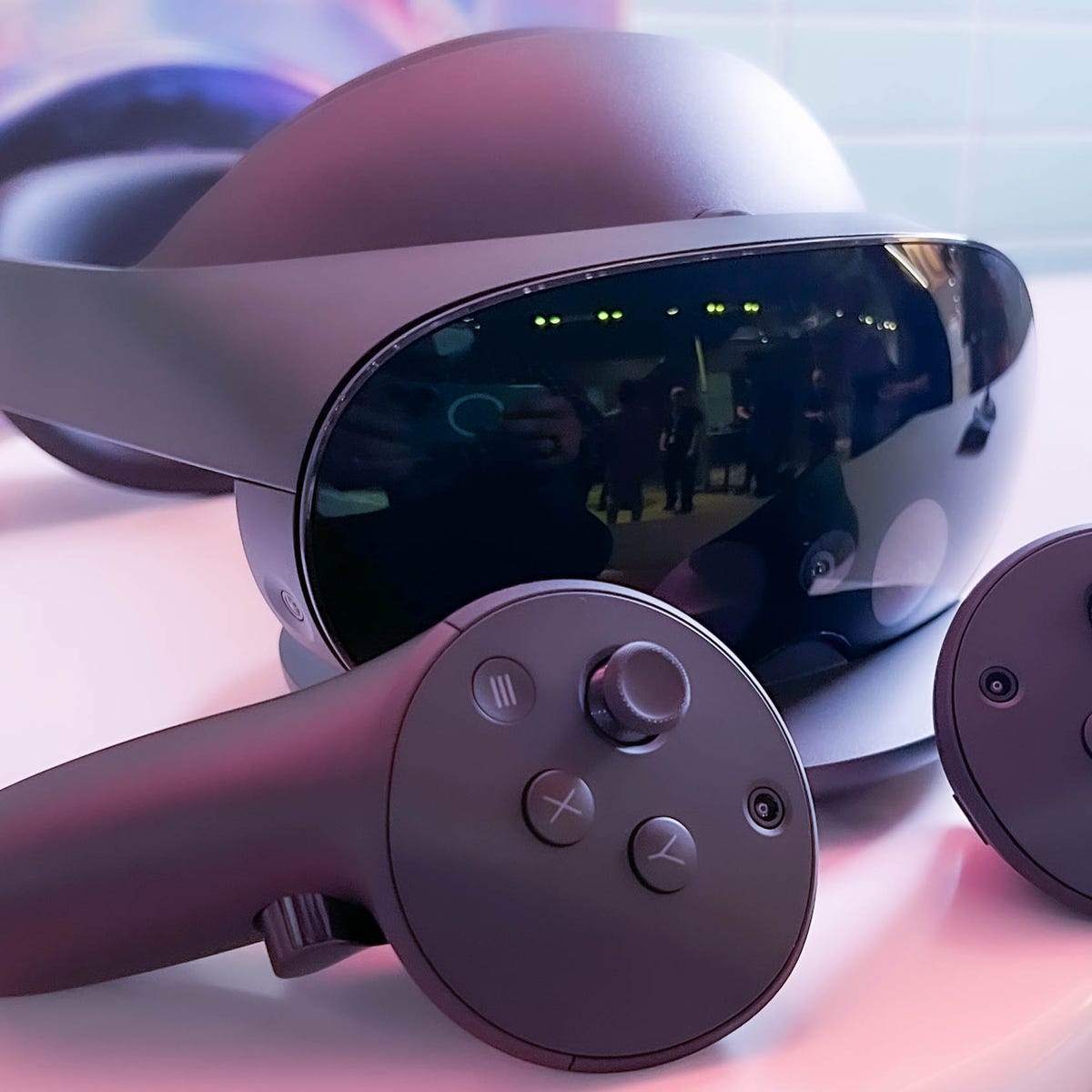
Credit: www.cnet.com
Content Creation For Oculus Quest
Content creation for the Oculus Quest involves a myriad of innovative tools tailored for crafting immersive 3D models. A key aspect of developing content includes utilizing software such as Blender, Autodesk Maya, or SketchUp. These programs offer comprehensive features for model creation, texturing, and animation, essential for the Virtual Reality (VR) experience.
After perfecting 3D models, sharing and collaboration become paramount. Platforms such as Sketchfab and Unity Asset Store enable designers to upload and disseminate their creations. These platforms not only facilitate community engagement but also provide the opportunity for peer feedback and potential monetization of models.
Read More – Oculus Quest 2 Airlink Not Showing Up? Quick Fixes!
Debunking Common Oculus Myths
Many believe that Virtual Reality (VR) is largely inaccessible due to perceived high costs and technological barriers. This is not always the case, especially with the advent of devices like the Oculus Quest which offers a user-friendly interface and an array of 3D model viewing capabilities. Misunderstandings also circulate around the safety of VR, with some suggesting it may cause discomfort or pose risks to users.
In reality, manufacturers invest considerable resources to ensure VR experiences are comfortable and present minimal risk to users. The Oculus Quest, for example, includes multiple safety features, such as a guardian system that alerts users if they move beyond a safe play area. Accessibility features also allow a broad spectrum of people to enjoy VR, including those with certain physical disabilities.
Maximizing Your Oculus Quest Experience
Maximizing your Oculus Quest experience translates to enhancing both comfort and functionality. A diverse selection of accessories is essential for any avid user. Among these, upgraded head straps offer better support and stability, ensuring you can immerse yourself in virtual worlds without strain. Prolonged enjoyment also calls for a power bank to keep your Quest charged, and a high-quality carrying case for protective transport of your device.
Investing in antimicrobial covers can ward off bacteria during sweaty sessions, while lens inserts tailored to your prescription eliminate the need for glasses, providing a clearer and more comfortable experience. Users should also consider ergonomic grips for controllers that enhance grip and reduce hand fatigue during extended periods of play.
| Tip | Benefit |
|---|---|
| Adjustable straps | Enhances fit and comfort |
| Extended Battery Pack | Increases play sessions |
| Precision Lens Adapters | Provides clear and crisp visuals |
| Controller Grips | Improves control and minimizes fatigue |
Troubleshooting Common Viewer Issues
Oculus Quest 3D Model Viewer issues can stem from software to hardware compatibility glitches. Ensuring your device’s operating system is up to date is crucial. Users should also verify the integrity of the 3D model files. Corrupted files or unsupported formats often lead to unexpected errors.
Connection problems with controllers or headsets might require a system reboot or re-pairing of devices. Limited debugging tools within the viewer mean that external troubleshooting methods may be necessary. Occasionally, checking the community forums or official Oculus support can shed light on prevalent issues.
Resources for assistance are abundant, with official Oculus support sites and community forums being the go-to. Users also benefit from online tutorials and FAQs that address common technical dilemmas. For more complex problems, reaching out to customer service or engaging with user communities online can provide the necessary guidance.
Frequently Asked Questions On Oculus Quest 3d Model Viewer?
Does Oculus Quest Support 3d Model Viewing?
Yes, the Oculus Quest supports 3D model viewing. You can use various applications designed for VR to view and interact with 3D models in an immersive environment.
What Apps Can View 3d Models On Oculus Quest?
Apps like Sketchfab, Gravity Sketch, and SculptVR allow you to view and manipulate 3D models on the Oculus Quest. These platforms offer a range of tools and features for a comprehensive 3D viewing experience.
Can I Import My Own 3d Models Into Oculus Quest?
You can import your own 3D models into Oculus Quest using compatible software. Apps like Tilt Brush or Sketchfab provide options to upload and visualize custom 3D models in virtual reality.
Is Oculus Quest 3d Model Viewer User-friendly?
The Oculus Quest 3D model viewer is designed to be user-friendly with intuitive controls. It allows even those with no prior VR experience to navigate and interact with 3D models with ease.
Conclusion
Embracing the Oculus Quest’s 3D model viewer can transform your virtual experience. It’s a leap forward for designers, educators, and enthusiasts alike. As we’ve explored, it’s user-friendly, immersive, and incredibly versatile. So why wait? Dive into the world of intricate 3D models and unlock your creativity today with the Oculus Quest.

![Oculus Quest 2 USB update mode [How to fix]](https://oculusquestguide.com/wp-content/uploads/2022/04/oculus-quest-2-usb-update-mode-1-768x501.jpg)
![How To Exit Youtube On Oculus Quest 2? [Solved]](https://oculusquestguide.com/wp-content/uploads/2022/07/How-To-Exit-Youtube-On-Oculus-Quest-2-1-1-768x501.jpg)
